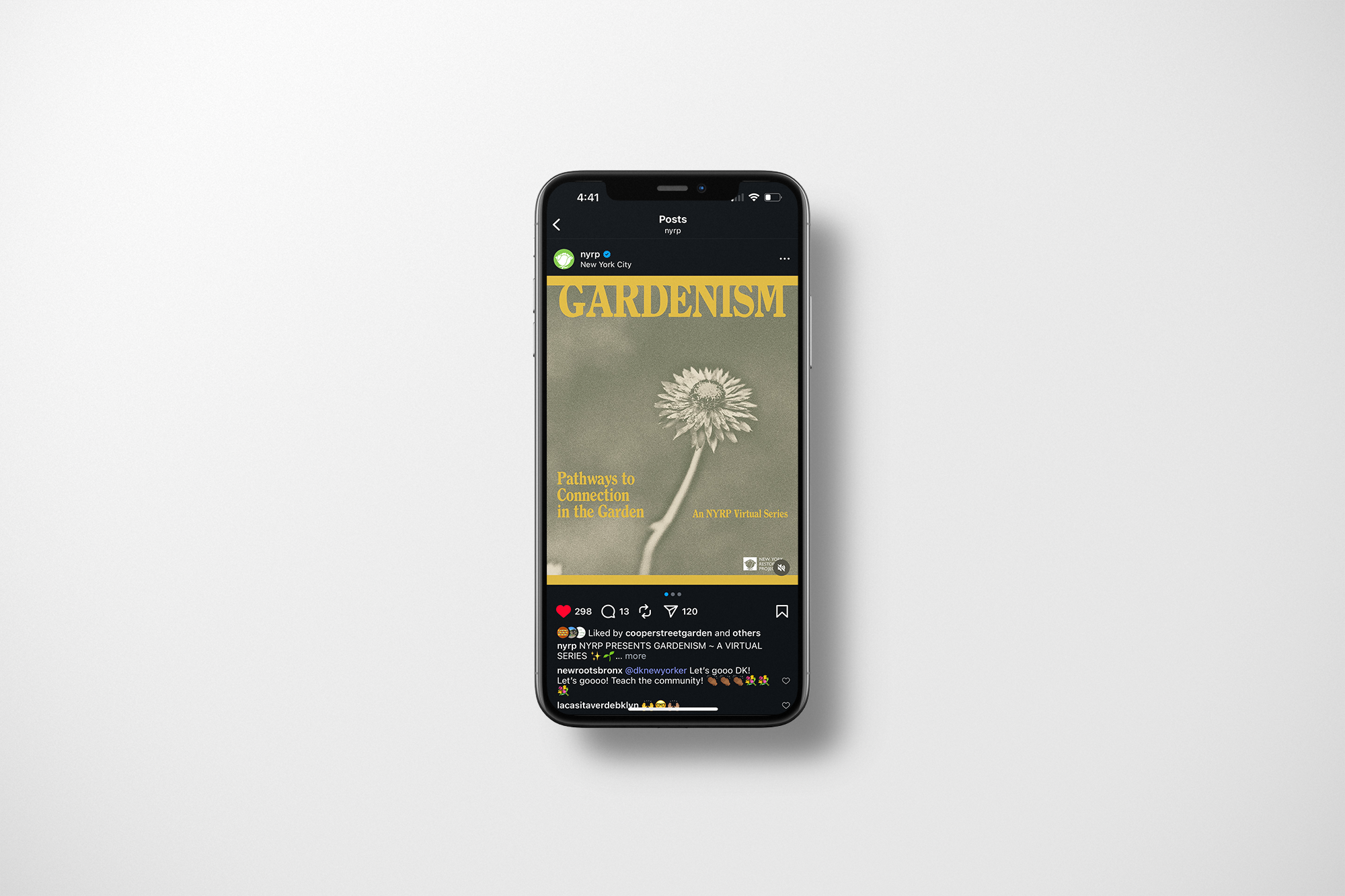The Problem
NYC's 0x30 Challenge: A Call for Zero Waste
In 2016, Mayor de Blasio announced NYC's "0x30 Challenge" to send zero waste to landfills by 2030. I’d heard about the challenge before this project, but I didn’t know too much about it until digging into the details. The ambitious goal aimed to revolutionize waste management within the city, however the initial approach fell short in several key areas.
The "0x30 Challenge" primarily targeted businesses, leaving everyday New Yorkers largely uninvolved. This missed the opportunity to engage the entire community in tackling the city's waste problem.
The initial resources provided to residents mainly focused on proper disposal methods, but neglected to address waste prevention. Empowering individuals with knowledge and resources to reduce waste generation at the source would have been critical to achieving the ambitious zero-waste goal.
3. Lack of Public Awareness
Besides some cool reusable bags and stickers showing how to recycle, the challenge lacked effective communication and outreach strategies to reach and engage the broader public. Without widespread awareness and understanding of the initiative, it became difficult to foster individual and collective action.
These limitations highlighted the need for a different approach to addressing waste management in NYC.









%20(1).jpg)










